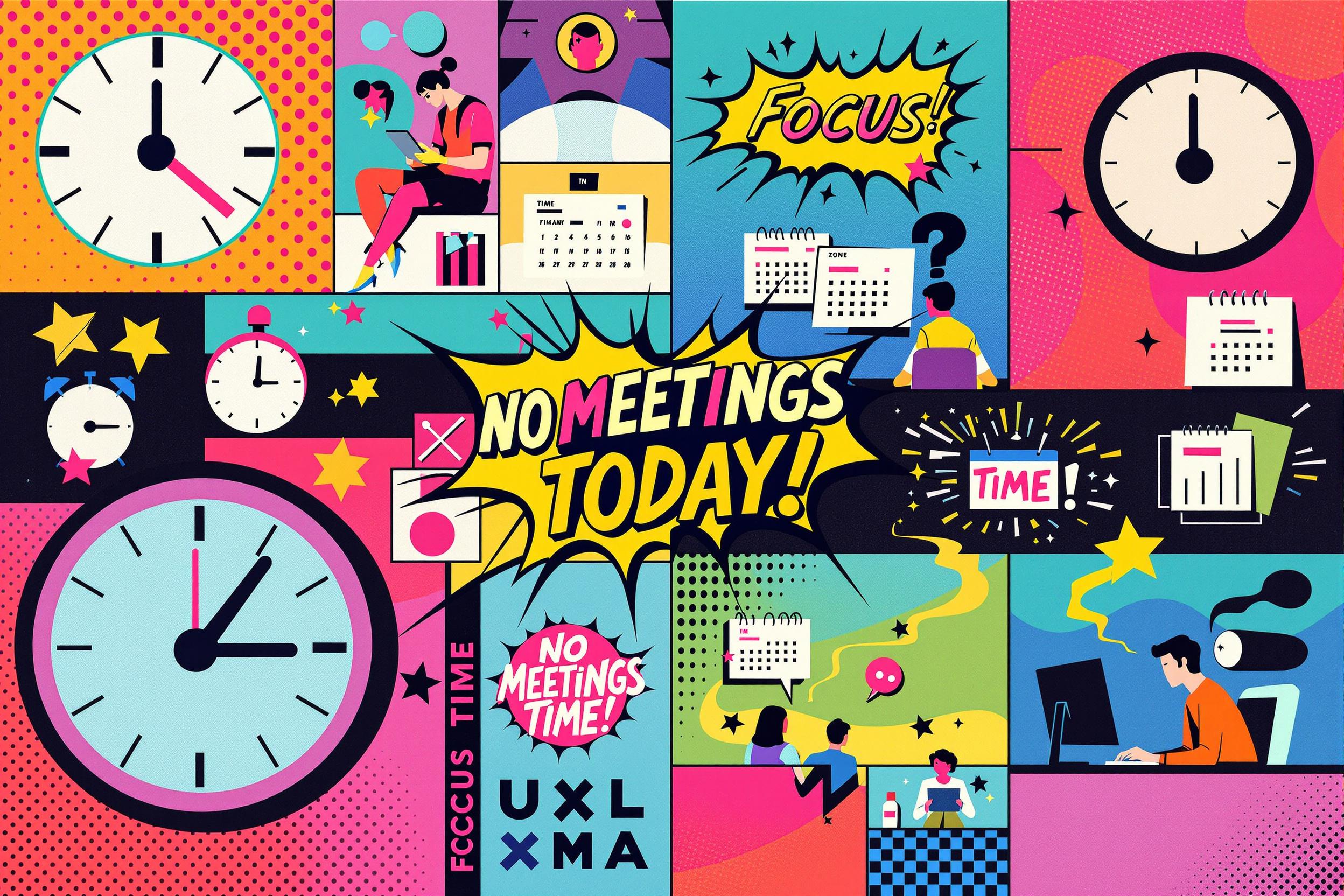
Noise Dosimetry
Noise Dosimetry is a way to measure how much noise exposure workers experience during their workday. It involves using special measuring devices (noise dosimeters) that workers wear, similar to small microphones, which track noise levels over time. This helps safety professionals ensure that workplace noise levels are safe and comply with legal requirements. Think of it like a pedometer for noise instead of steps - it adds up all the different noise exposures throughout a workday to give a total "dose" of noise. This information is essential for preventing hearing loss in workplaces like factories, construction sites, or any noisy environment.
Examples in Resumes
Conducted Noise Dosimetry assessments for 500+ employees across 3 manufacturing facilities
Led workplace safety program including Noise Dosimetry measurements and hearing conservation
Implemented Noise Dosimetry monitoring program resulting in 40% reduction in noise exposure incidents
Typical job title: "Occupational Health and Safety Specialists"
Also try searching for:
Where to Find Occupational Health and Safety Specialists
Professional Organizations
Online Resources
Job Boards
Example Interview Questions
Senior Level Questions
Q: How would you develop a comprehensive hearing conservation program for a large manufacturing facility?
Expected Answer: A strong answer should include creating a noise monitoring plan, selecting appropriate measurement equipment, training staff, establishing control measures, and implementing regular testing schedules while considering budget and regulatory requirements.
Q: How do you handle resistance from management regarding noise control recommendations?
Expected Answer: Should discuss cost-benefit analysis presentation skills, ability to explain regulatory requirements in business terms, and experience presenting alternative solutions while maintaining safety standards.
Mid Level Questions
Q: What factors do you consider when placing noise dosimeters on workers?
Expected Answer: Should mention worker movement patterns, equipment positioning, shift duration, different job tasks, and proper placement of monitoring devices to get accurate readings.
Q: How do you determine if hearing protection is adequate for a specific work area?
Expected Answer: Should explain noise level measurement process, understanding of Noise Reduction Ratings (NRR), and ability to match protection to exposure levels.
Junior Level Questions
Q: What is the OSHA permissible exposure limit for noise?
Expected Answer: Should know the basic exposure limits (90 dBA for 8 hours) and understand when hearing protection is required.
Q: Explain the difference between noise dosimetry and spot checking with a sound level meter.
Expected Answer: Should understand that dosimetry measures exposure over time while spot checking gives instant readings at specific locations.
Experience Level Indicators
Junior (0-2 years)
- Basic noise monitoring techniques
- Understanding of hearing protection equipment
- Knowledge of OSHA noise standards
- Simple data collection and reporting
Mid (2-5 years)
- Complex noise exposure assessments
- Hearing conservation program management
- Data analysis and trend identification
- Employee training program development
Senior (5+ years)
- Program development and oversight
- Advanced noise control solutions
- Risk assessment and mitigation strategies
- Management consultation and program evaluation
Red Flags to Watch For
- No knowledge of basic OSHA noise standards
- Unfamiliar with calibration procedures for monitoring equipment
- Lack of experience with hearing conservation programs
- Unable to interpret noise measurement data
Related Terms
Need more hiring wisdom? Check these out...

Silencing the Noise: How No-Meeting Days Supercharge Recruiter Productivity

Navigating Compliance: Structuring On-the-Job Training in Regulated Industries

The Cryptic Secrets of Data-Driven HR: Metrics that Actually Matter (and Some That Might Make You Laugh)

